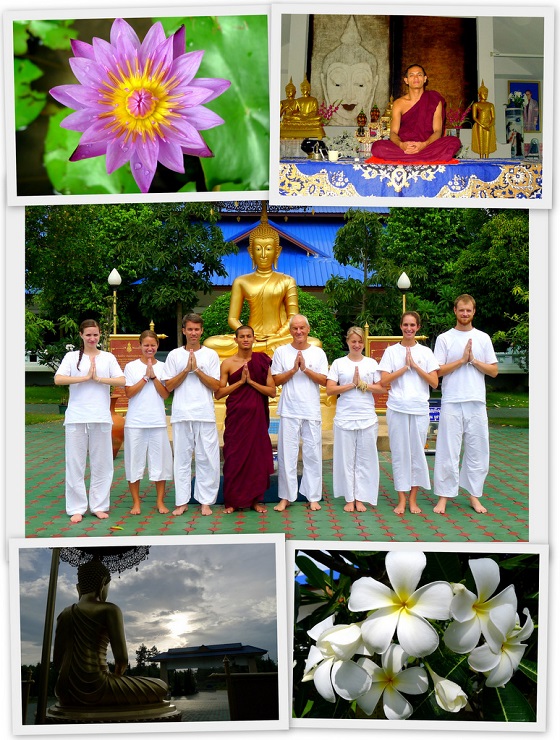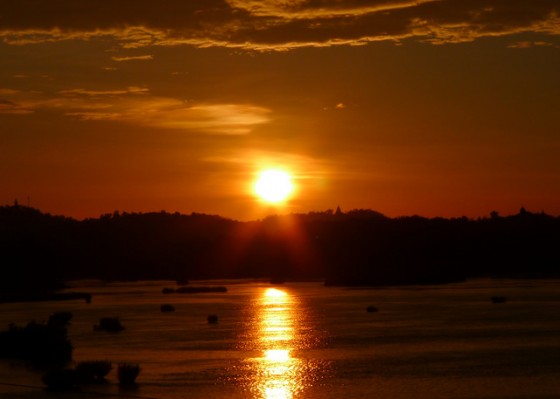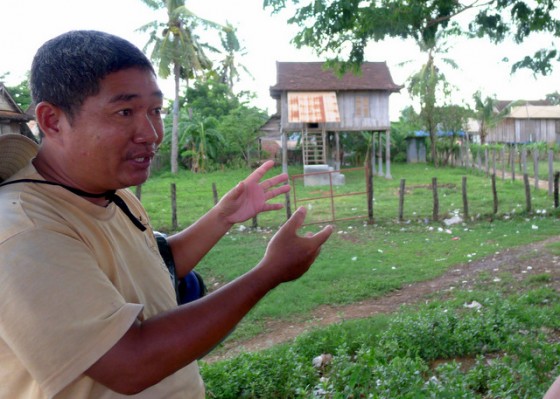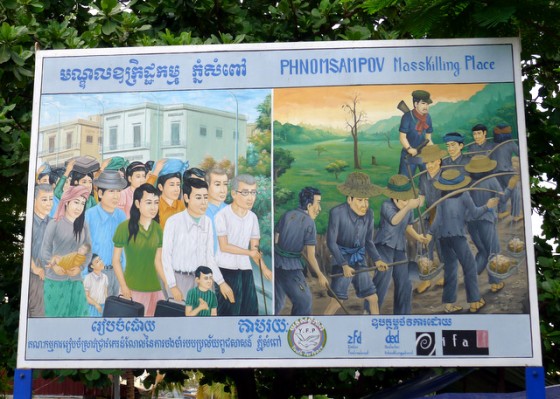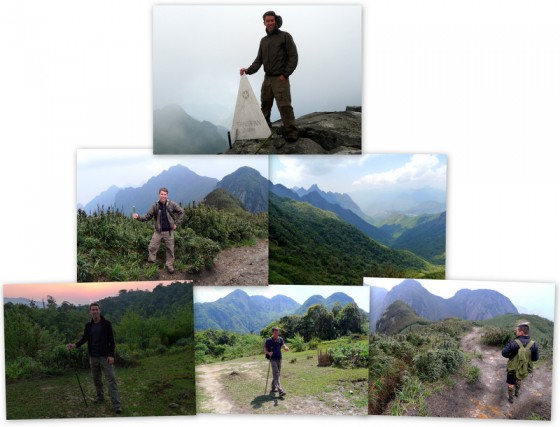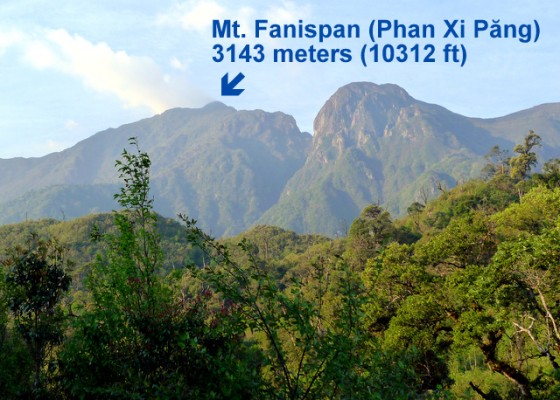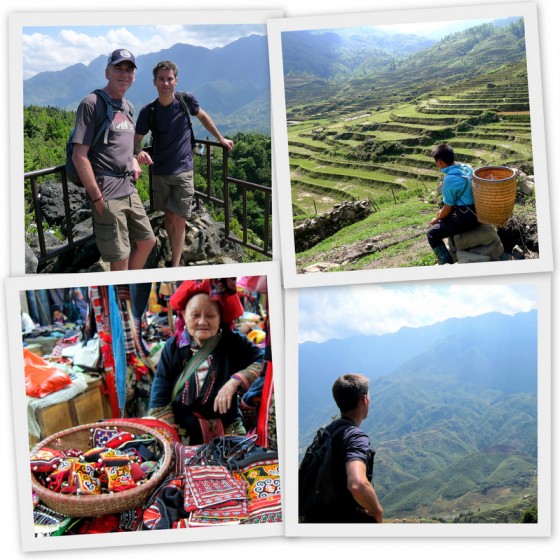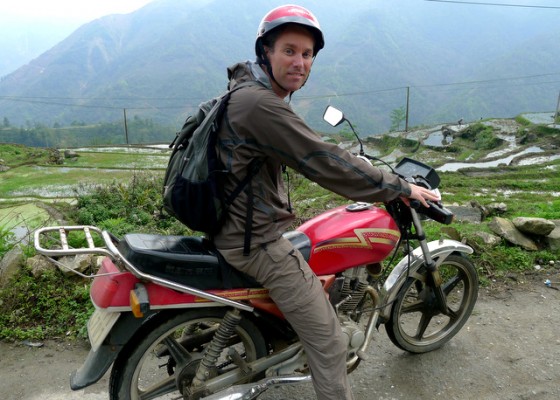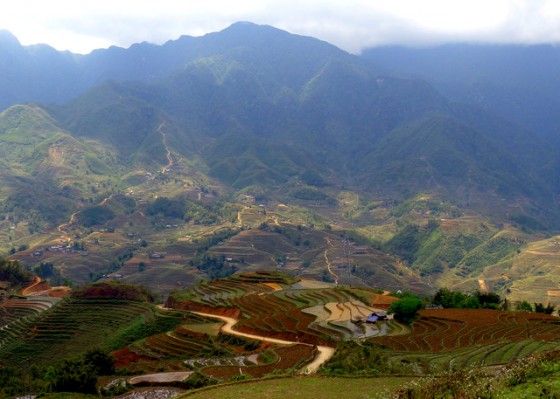Unfortunately my visit to Cambodia was just short of two weeks. It was hardly enough time to take in all the sights and appreciate the people as much as I had hoped. Yet I loved what I saw and know I will return again to enjoy the country with a more leisurely pace.
Here are some of the highlights of my travels in Cambodia:
1 — The temples of Angkor
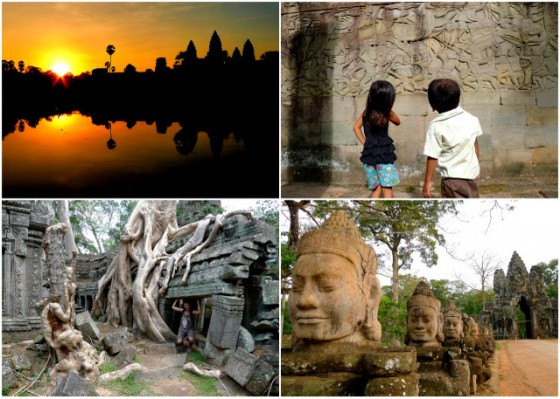
I simply cannot put to words the magnificence and marvel of the temples of Angkor. This sprawling, massive concentration of architectural richness is one of the most extraordinary places on earth. My days exploring the ancient sites were exceptional and enjoyable.
Spanning three periods of the great Khmer empire which prospered from the 9th to the 15th centuries, the temples that remain are awe inspiring. I spent three exhausting days trying to take it all in: the early Hindu temples and terraces, lofty imperial palaces, the enormous playgrounds and pools of mighty kings, the later Buddhist temples and stupas.
There were crowds aplenty at the significant sites: iconic Angkor Wat, enormous Angkor Thom and the surreal Bayon, and the root-ravened Ta Prohm. Yet I found many other temples and structures that were completely off the tourist beat so I enjoyed these sites in complete solitude. These were my most magical moments.
I visited the sites early (setting out between 5-6 am) by bicycle and pedaled over 30 kilometers per day. Tired and sweaty by lunchtime, I returned to my hotel and to laze away the afternoon hours, reading by the refreshing pool. The good restaurants of Siem Reap (the gateway city to the temples) kept me well nourished for the energetic sightseeing.
I did not come close to completing all there is at Angkor, but it was a great introduction. I look forward to the day I return to this unquestionable Wonder of the World to further explore and admire its splendid beauty.
2 — The superb yet solemn torture and genocide museums
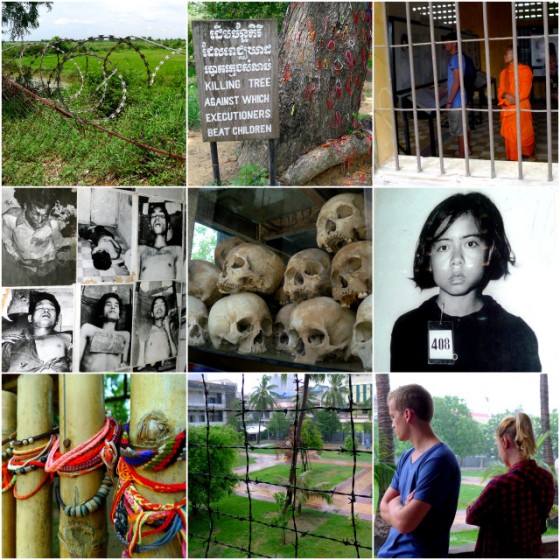
Nearly one out of every four Cambodians died in the brutal and bloody civil war and the genocide of the Khmer Rouge that followed. When the ruthless regime was defeated in 1979, the country was collapsed with no infrastructure, the people were starving, and communities and families were broken apart. The Academy Award-winning filmThe Killing Fields and numerous acclaimed memoirs such as Loung Ung’s First They Killed My Father and journalist Jon Swain’s River of Time document the horror, bloodshed and suffering of those dreadful years.
I wasn’t sure what to expect when I arrived in Cambodia. Only one generation has passed since this tragedy so the Cambodian victims’ memories are still raw and injuries healing. Yet I was impressed by the outstanding museums in Phnom Penh, notably the Killing Fields Genocide Museum of Choeung Ek and the Tuol Sleng Torture Museum.
The Killing Fields, on the outskirts of the city, is where victims by the thousands were taken secretly and brutally killed and today a reverential temple presides over the sacred ground. Tuol Sleng, a former high school, was converted to the notorious S-21 prison where countless genocide victims were processed and tortured before execution. The extremely detailed records left by the Khmer Rouge document the indiscriminate war of terror waged against its own people.
These were weighty and sorrowful visits but a necessary part of my travels through Cambodia. I am thankful that this country is keeping the memory alive in appropriate and respectful ways; an important aim is that the Khmer people and the world can learn and prevent this from happening again.
The memorial sites are presented with dignity and sincerity. Cambodia rightfully honors the millions of its people who died at the hands of the Khmer Rouge and those survivors who continue to live with these nightmares today.
Continue reading “10 Gifts from Cambodia”
